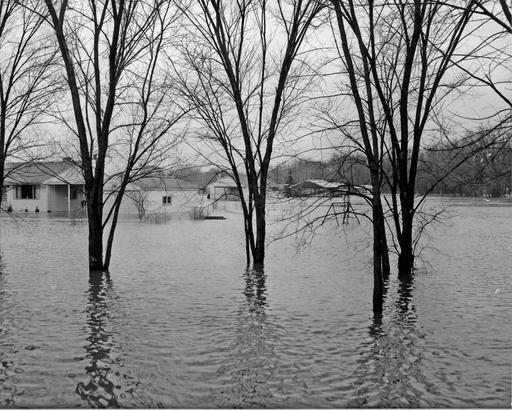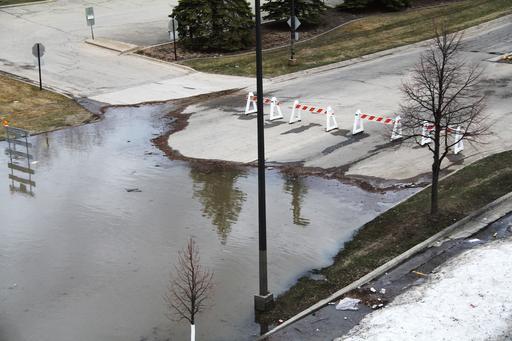Flooding
Climate-related changes in precipitation patterns have increased the threat of flooding in some inland regions. The frequency and intensity of very heavy precipitation events have increased across most of the nation, and scientists project that these trends will continue. For instance, by late this century heavy precipitation events that historically occurred once in 20 years may occur as frequently as every 5 to 15 years. Consequently, the frequency of floods associated with heavy precipitation events is expected to increase. This includes urban floods, where relatively large areas of impermeable surfaces increase the volume of runoff, and flash floods that occur in relatively steep or small watersheds.
The volume of runoff associated with increasingly heavy precipitation events has the potential to overwhelm decades-old infrastructure, such as culverts and bridges. Higher volumes of runoff can also overflow existing retention basins, challenging the capacity of stormwater systems. Some cities also face water quality issues related to stormwater runoff. This has prompted some communities to adopt strategies to keep more precipitation where it lands.
Excerpted and adapted from the report Climate Change Impacts in the United States: The Third National Climate Assessment (Chapter 2: Our Changing Climate and Chapter 3: Water Resources).


